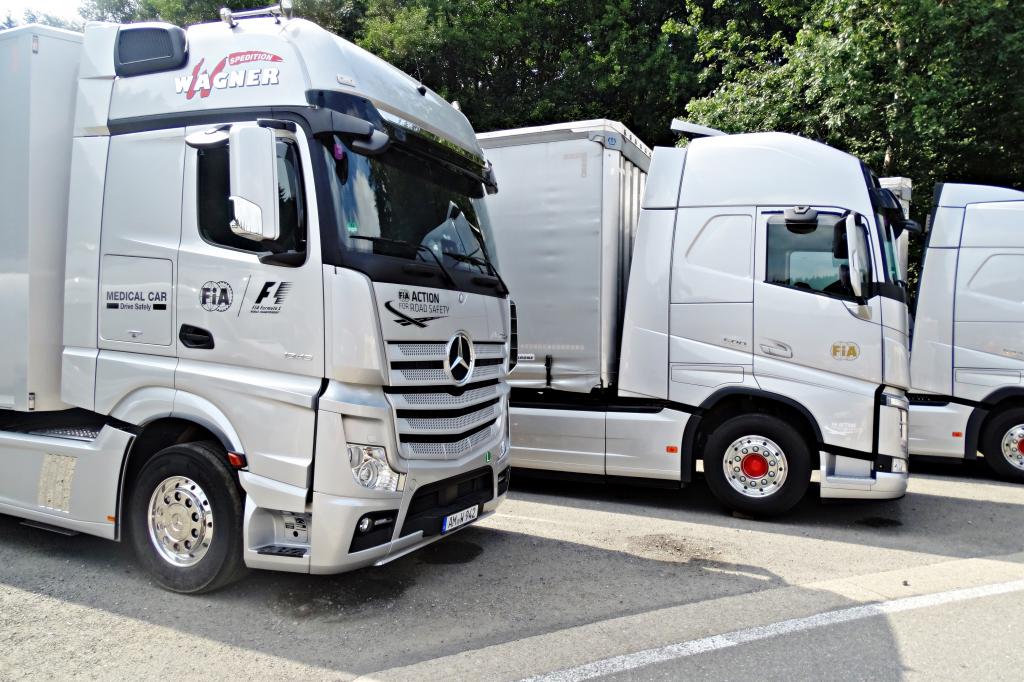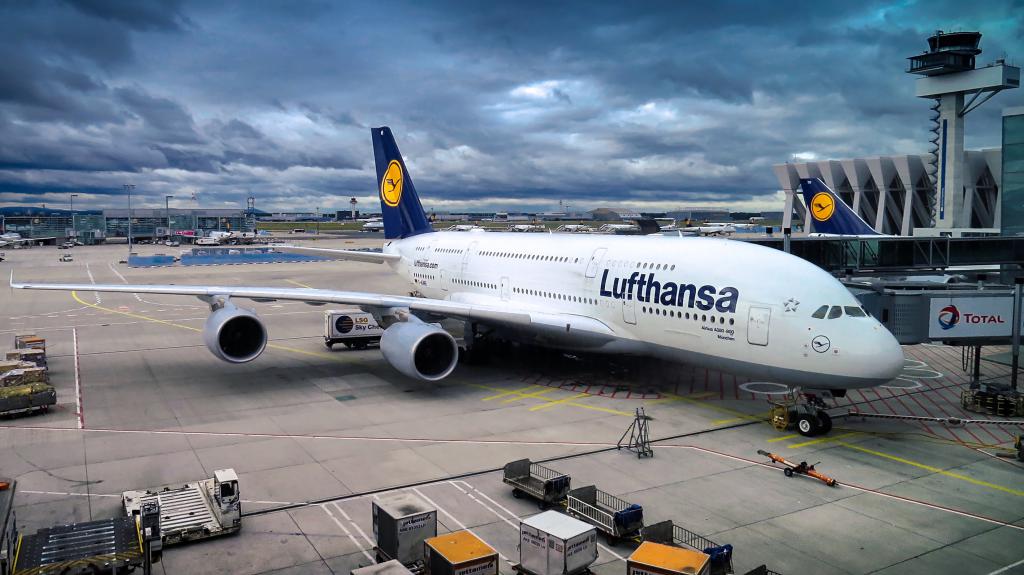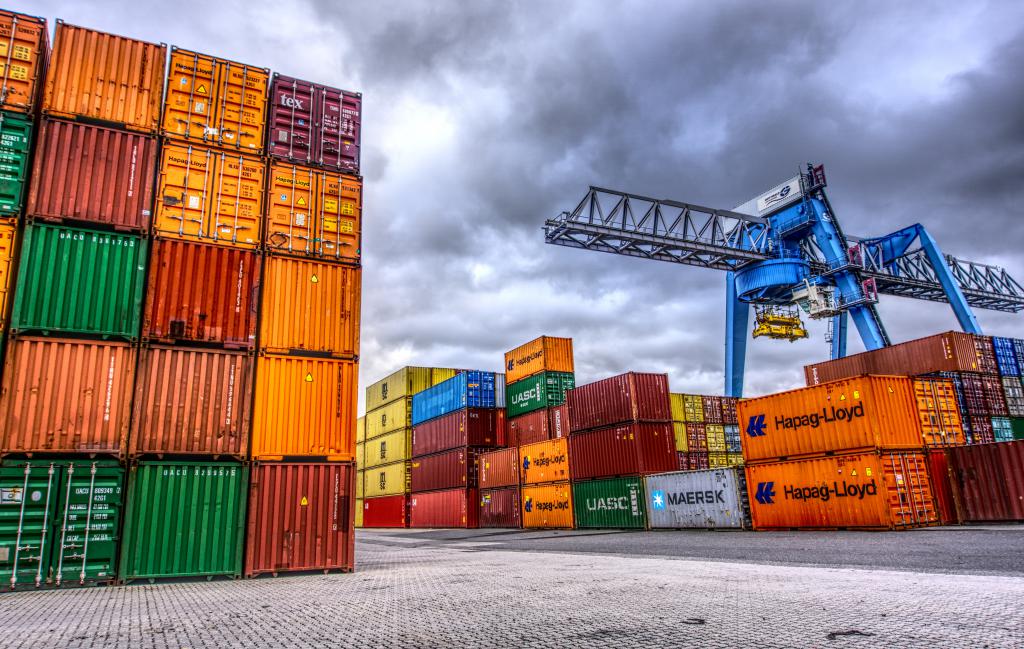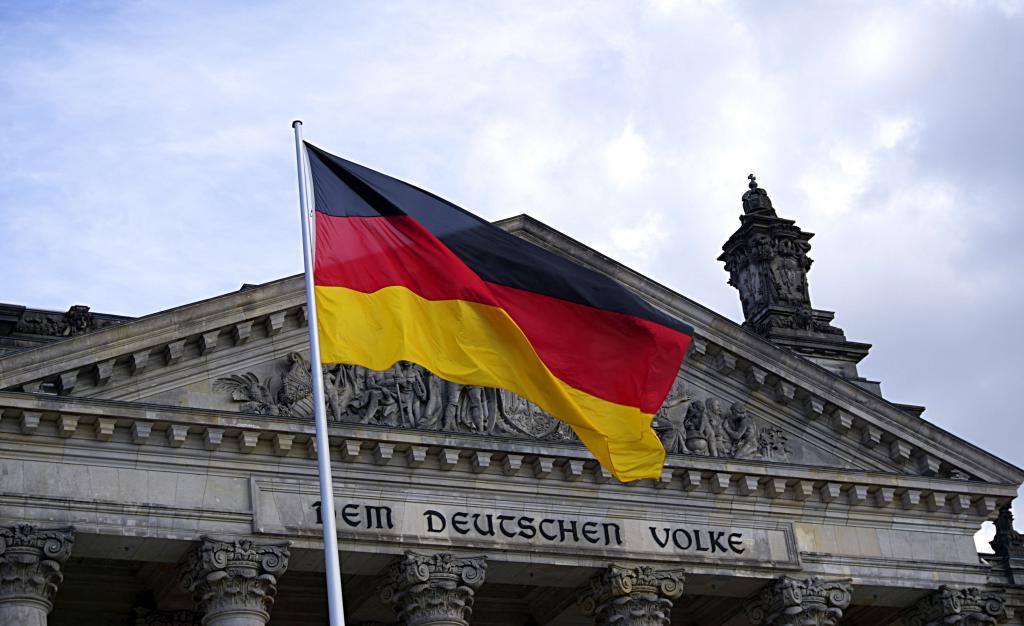Mercedes, BMW and Volkswagen, which appeared in large numbers on the streets of Russian cities in the 2000s, when the country's economy was at a stage of rapid growth, make up only the visible part of Germany's exports to Russia and other countries of the world. German machinery and equipment are of much greater importance for the country's economy, without which many Russian enterprises cannot yet do. And of course, Germany’s import of Russian hydrocarbons is an important area of trade cooperation. In the global market, Germany purchases a wide range of finished products, raw materials and components for its enterprises.
Best of their best
Germany is the largest economically developed country in Europe and the fifth - in the world. In terms of total turnover of more than 2.87 trillion US dollars, the country ranks third in the world, after the United States and China. Separately, in terms of exports and imports, Germany also ranks third in the world market. The competitive advantages of Germany are provided not only by the export of beautiful and reliable cars, but also by the fact that a significant share of exports is in products with high added value.

The structure of Germany's exports and imports is very balanced. The same cars account for only 11% of German exports, and this is the largest item in both exports and imports. The country does not have a critical dependence on one specific product, such as, for example, Russia - on the export of hydrocarbons, or South Korea - on the export of semiconductors. German imports also have the largest item - automobiles, but they make up only 4.9%.
What can be sold to the Germans
More than 1.3 trillion US dollars per year is Germany's imports. The largest imports are vehicles, machinery and equipment, metals, oil and petroleum products, and pharmaceuticals. A significant portion of imports is accounted for by the information and communications technology sector: computers, data processing equipment, integrated circuits, and telephones.

Germany purchases more than half of digital equipment from China, the rest from other Asian countries - Japan, Thailand, Vietnam, South Korea, and very little in Europe. Oil and oil products account for 4.3% of imports. And, probably, the most famous import item of Germany is the French Airbus aircraft, which account for 92% of the German aircraft and helicopter market.
Made in Germany
The largest of the European Union countries is able to trade well - for many years Germany has had a positive trade balance. Every year, the country sells products worth more than 1.57 trillion US dollars. Most cars are sold - worth more than $ 150 billion. Next up are spare parts for cars and medicines. Bayer Aspirin is perhaps no less recognizable symbol of the country than Mercedes. Almost the whole world buys German medicines, which Germany sells for 48.3 billion a year. The next large export position is aircraft and helicopters, with sales of more than 34.6 billion US dollars. The main buyers are the UAE, China and South Korea.
Top buyers

Germany made full use of the advantages of the single European economic space, supplying 58% of its products to the countries of the European Union and 68% to the countries of Europe. 17% of exports go to the Asian market, of which 6.4% is exported to China. 12% is allocated to the American market, where the USA, the largest importer of German goods, holds a share of 8.9%.The smallest share of exports is Africa - 2%, Australia and Oceania - 0.8%. The UK, France and the Netherlands are the countries with the largest percentage of imports from Germany.
Who is good in the German market

Germany also purchases most of the goods from European countries, which account for about 71%, while part of the production falls on goods produced by German concerns. Thus, the United Kingdom and the Czech Republic are the largest suppliers of cars to Germany, because in these countries Volkswagen and BMW operate. 19% of German imports are imported from Asia. Here, China accounts for 7.3% - it is the second country in terms of the volume of purchased products. Asia has become a major supplier of electronics - both finished products and components. America holds 8% of the country's imports, Africa receives 2%, and Australia and Oceania - 0.3% of the market. The Netherlands has a 13.3% share, being the largest supplier of goods and services to the German market.
We are no longer friends, but we trade well

Mutual sanctions imposed by Russia and Germany adversely affected trade between countries. But, as before, Germany ranks third in terms of purchases of Russian goods, which is 7.8%, and second among countries exporting goods to Russia, with a share of 11%. Crude oil and natural gas are the main export items. About 35% of German demand is provided by Russian gas. In addition, products from ferrous and non-ferrous metals are purchased in Russia (rolled products, rods, pipes, cables and ropes). Imports from Germany to Russia are mainly in finished products. Machinery and equipment and vehicles are the two largest imports, over $ 8.8 and 5.2 billion, respectively. More than 2.8 billion US dollars of medicines are bought in Germany, which makes up 2.8% of all German medicine exports. The import of goods from the country covers the needs of Russia in many sectors of industry: machine-tool industry, energy and heavy engineering.
